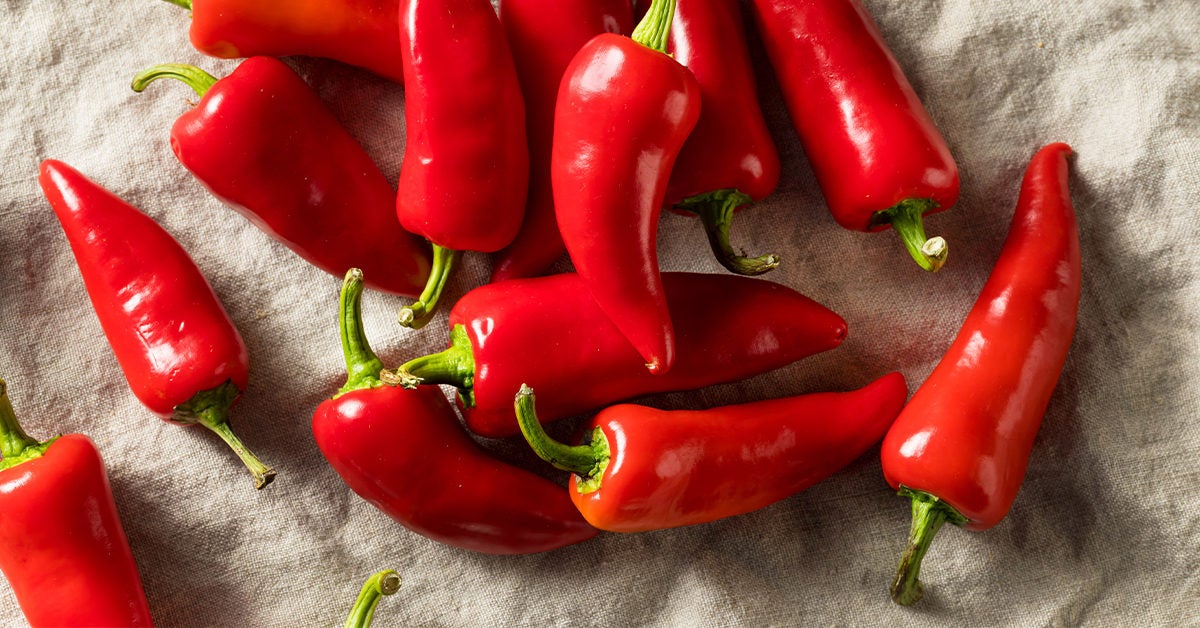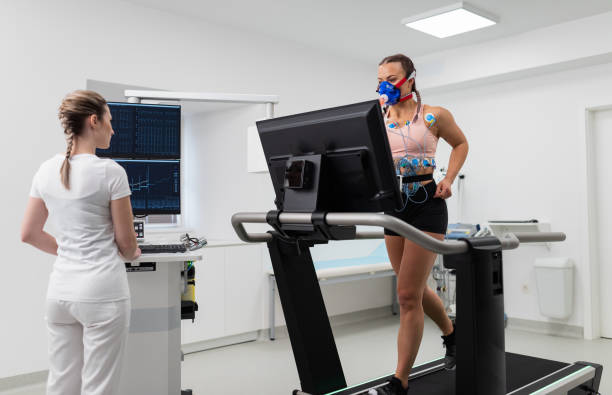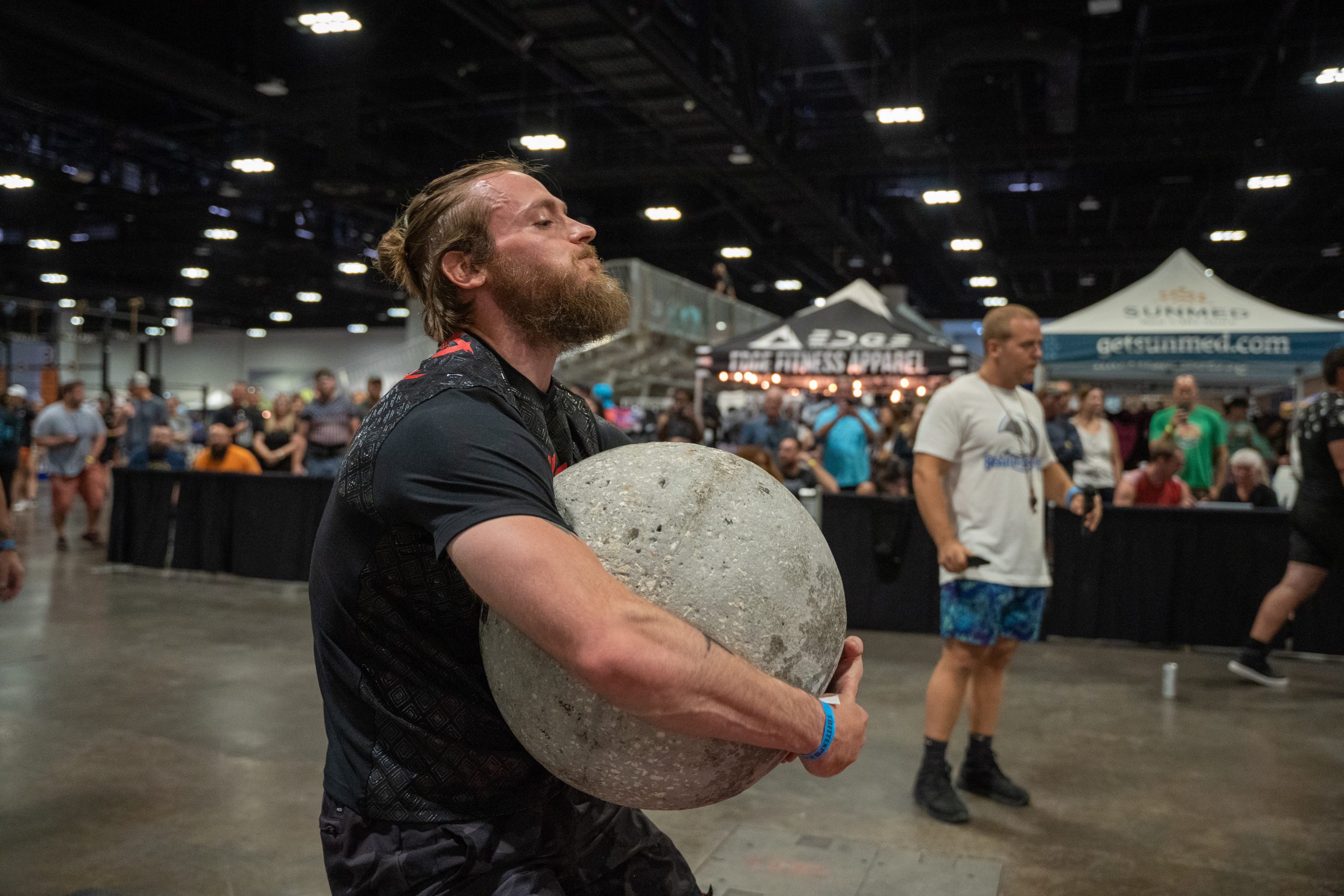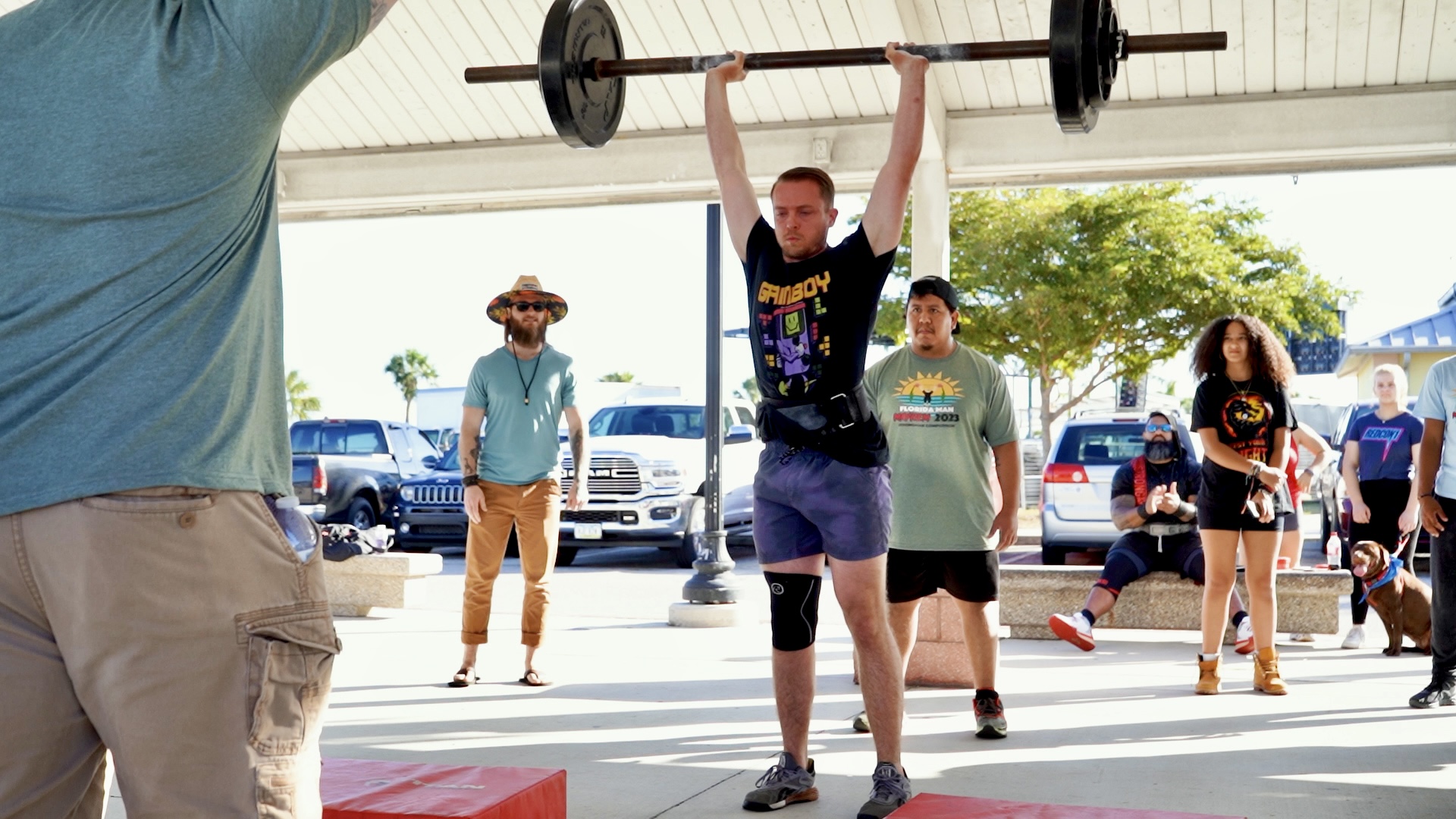
The Science (a review)
Strength sports, particularly CrossFit, require high physical endurance across anaerobic and aerobic domains. Better performance is associated with higher lean body mass and peak anaerobic/aerobic capacity (1).
Athletes use legal supplements like protein, caffeine, creatine, multivitamins, and testosterone boosters to gain a competitive edge. Also, new compounds are continually sought after to improve performance (2).
Capsaicin, a compound in peppers responsible for the heat sensation, has recently gained attention as a supplement to aid body composition changes and improve aerobic and resistance training performance (3)(4).
While research is still in its early stages, this literature review aims to synthesize and evaluate the current body of research on the impact of capsaicin supplementation on resistance exercise performance outcomes in trained individuals. The review intends to provide insight into the potential efficacy of capsaicin supplementation in enhancing resistance exercise performance and inform future research in this area.

De Freitas et al. (2022) explored the impacts of acute capsaicin ingestion on RPE, heart rate, repetitions performed, and weight lifted after high-intensity running in resistance-trained men using a double-blind crossover design.
Eleven resistance-trained men aged 23 years participated in this study. A 24-hour dietary intake assessment included caloric and macronutrient intake, then randomized to either the capsaicin (CS) or placebo group (PL). Participants were then given either capsaicin (12mg) or starch (12mg) 45 minutes before a bout of concurrent training. Additionally, they were given another dose (12mg each) directly before testing. Subjects underwent an incremental maximal aerobic velocity test (VMAX) on a treadmill, in which the rate of perceived exertion (RPE) and heart rate (HR) were measured. After a 10-minute rest period, they underwent one-repetition maximum testing (1RM) using a partial range of motion squat (pROM). The experimental protocol involved an intermittent 5km run using a 1:1 work/rest ratio at VMAX. After which, ten minutes of rest were given, then they performed four sets of pROM squats until concentric failure with 70% 1RM. Participants were then allowed seven days of recovery, switched groups to act as their controls, and underwent the intervention again.

The results suggest there were significant differences between CS and PL conditions for RPE (7 vs. 8), mean heart rate (153bpm vs. 158bpm), and greater weight lifted along with total volume performed (2100kg vs. 1900kg) (5). No statistical differences existed between peak HR (179bpm vs. 183bpm) or dietary intake (2010kcal vs. 2107kcal).
These results suggest capsaicin supplementation may affect an individual’s ability to complete increased volume with a lower RPE.
De Freitas et al. (2018) conducted a study to investigate the impact of acute capsaicin supplementation on strength performance, RPE, and blood lactate. Ten resistance-trained men completed three trials separated by a week, in which they were randomly assigned to either a 12mg capsaicin (CS) or a 50mg starch (PL) group. They performed four sets of back squats until momentary failure with 70% of 1RM; total repetitions, RPE using the Borg scale (6-20), and blood lactate data were collected using a sports lactimeter.
Post-intervention analysis suggests a moderate effect size with significantly greater total mass lifted between the CS and PL condition (3900kg vs. 3200kg). RPE had a large effect size and was significantly lower in the CS condition than the PL condition (17 vs. 18). In total repetitions performed across sets, there was a main effect of time, suggesting that both conditions reduced the total amount of repetitions performed as sets continued. There was a main effect for the condition but no interaction. There was a moderate effect size with greater total repetitions between conditions (43 reps vs. 35 reps).
Finally, there were no differences in lactate concentrations between the conditions (6). The results of this study add further support to the efficaciousness of 12mg capsaicin supplementation, enhancing total volume completed at lower RPE in resistance-trained individuals.
Limited research suggests 12mg of capsaicin may enhance exercise performance and decrease perceived exertion in trained individuals. Moreover, capsaicin has no known toxic dose, implying low health risks (7).
Further research with larger samples from different groups is necessary to verify the benefits of capsaicin supplementation on resistance exercise performance.
My Thoughts in Layman’s Terms

When it comes to capsaicin supplementation and its impact on exercise performance, the scientific community is still divided. On one hand, there is evidence to suggest that capsaicin can provide immediate physiological benefits. But the big question remains:
Does it translate into long-term performance gains?
As someone who believes in looking at things from a practical standpoint, I’m not convinced that simply doing more work automatically leads to better performance.
Let’s Break It Down
In my opinion, capsaicin could be useful in certain situations, especially leading up to a competition. If capsaicin can help reduce your perception of effort during a competition event, it would provide a psychological advantage. At best, it might even enable you to complete more volume of work, which is crucial in strength sports like CrossFit.
Understanding the Context
It’s important to note that utilizing capsaicin should be done strategically and in specific contexts. It’s not a magical solution that guarantees improved performance in all scenarios. Rather, it can be seen as a tool to enhance performance during key moments.
The Mind-Body Connection
Reducing the perception of effort (RPE) during a competition can have significant benefits. When you feel like you’re exerting less effort, you’re more likely to perform at your best. Imagine feeling less fatigue and pushing yourself further because your body doesn’t sense the same level of strain. That’s where capsaicin could potentially come into play.
Chasing the Volume Game

In strength sports, such as CrossFit or even rep based events in Strongman, completing more volume of work is often the name of the game. If capsaicin can help you perform more repetitions before reaching the point of failure, it could make a noticeable difference in your overall performance.
Finding the Right Balance
It’s crucial to strike the right balance when it comes to capsaicin supplementation. It’s not about consuming copious amounts of it or relying solely on this compound to improve your performance. Instead, consider it as one piece of the puzzle and use it strategically, particularly when you need that extra edge in a competition setting.
In conclusion, while capsaicin supplementation shows promise in enhancing performance, we must approach it with a cautious mindset. It’s important to remember that individual responses may vary, and we need more research to fully understand its long-term effects.
Ultimately, incorporating capsaicin into your training regimen should be done with a well-informed approach and in consultation with professionals who can guide you based on your specific needs and goals.
Remember, there are no shortcuts to success in strength sports. It’s a combination of hard work, smart training strategies, and proper supplementation that will ultimately help you achieve your goals.
References
- Mangine G, Stratton M, Almeda C, Roberts M, Esmat T, VanDusseldorp T, and Feito Y. Physiological differences between advanced CrossFit athletes, recreational CrossFit participants, and physically-active adults. PloS one. 2020 Apr 7;15(4).
- U.S. Department of Health and Human Services. (n.d.). Office of dietary supplements – dietary supplements for exercise and athletic performance. NIH.
- Lejeune M. Kovacs E. and Westerterp-Plantenga M. Effect of capsaicin on substrate oxidation and weight maintenance after modest body-weight loss in human subjects. Br J Nutr. 2003 Sep;90(3):651-59.
- Costa L. Freitas M. Cholewa J. Panissa V. Nakamura F. Silva V. Sá A. Rossi P. Ribeiro S. Santos M. Zanchi N. Lira F. and Rossi F. Acute capsaicin analog supplementation improves 400m and 3000m running time-trial performance. Int J Exerc Sci. 2020; 13(2): 755–765.
- de Freitas M. Cholewa J. Panissa V. Toloi G. Netto H. de Freitas C. Freire R. Lira F. and Rossi F. Acute capsaicin supplementation improved resistance exercise performance performed after a high-intensity intermittent running in resistance-trained men. J Strength Cond Res. 2022 Jan 1;36(1):130-134.
- de Freitas M. Cholewa J. Freire R. Carmo B. Bottan J. Bratfich M. Della Bandeira M. Gonçalves D. Caperuto E. Lira F. and Rossi F. Acute capsaicin supplementation improves resistance training performance in trained men. J Strength Cond Res. 2018 Aug;32(8):2227-2232.
- Chang A. Rosani A. and Quick J. Capsaicin. StatPearls. Treasure Island (FL): StatPearls 2023 Jan.



